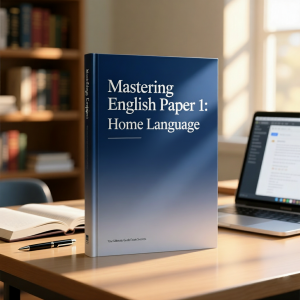There’s a lot riding on your matric results. In South Africa, these results aren’t just numbers on a page; they serve as a gateway to the kind of opportunities you can explore after school. Some paths require a stronger academic record, while others focus more on practical or foundational skills. Deciding which path to follow often starts by understanding the three main pass levels: Bachelor’s, Diploma, and Higher Certificate.
Bachelor’s Pass: Aiming High
Earning a Bachelor’s pass, sometimes called a matric exemption, means you’re eligible to apply for a bachelor’s degree at a university. Many students see this as the top tier of matric achievements. To get here, you typically need at least 40% in your Home Language, at least 50% in four other subjects, and at least 30% in two more subjects.
Once you have it, a wide range of careers becomes possible, including fields like engineering, teaching, law, and even medicine. This level is especially useful if you’re aiming for a profession that specifically requires a university qualification.
Diploma Pass: Practical and Skilled
A Diploma pass is more of a middle ground. It allows you to pursue diploma programs, which are known for combining theoretical learning with real-world, hands-on training. Generally, the requirement here is at least 40% in your Home Language, at least 40% in three additional subjects, and at least 30% in the remaining two.
People who choose the diploma route often enjoy gaining specialized expertise without spending as many years in the classroom. You might explore areas like graphic design, certain education tracks, or hospitality programs. It strikes a neat balance for anyone who wants both skill-building and direct entry into the workforce.
Higher Certificate Pass: Building Foundations
Not everyone steps into a bachelor’s or diploma right after school, and that’s where a Higher Certificate pass comes in. It’s a more foundational option, ideal for those who want to study further but might not meet the criteria for a bachelor’s or diploma. In most cases, you need at least 40% in your Home Language and at least 40% in two other subjects and passing three additional subjects with at least 30%.
This level opens the door to higher certificate courses, which prepare you for entry-level jobs or future studies. It’s a great starting point if you’d prefer to ease into post-school education, gain some confidence, and then possibly move on to a diploma or degree later on.
Comparing Your Options
Each pass level offers a distinct path. A Bachelor’s pass lines up with degree programs, a Diploma pass gears you up for specialized technical or practical courses, and a Higher Certificate pass lays the groundwork for entry-level qualifications. In many ways, it’s about choosing what feels right for your goals, whether that’s going straight for a profession in law or engineering, embracing a more hands-on career, or starting small and building from there.
Regardless of which pass you achieve, it’s important to remember that your matric results aren’t the final word on your future. They’re simply markers to guide you toward the best possible route. With the right mindset and some research into your options, you can find the path that leads you where you want to go.





